Impeccably dressed in crisp white garb, black waistcoats and neatly-polished black shoes, the students of the indigenous music school Bulbulik in Gojal Valley, Gilgit is making efforts to revive musical traditions that are on the verge of extinction.
There may be little support but that has not discouraged the institution from doing what it loves: playing freestyle/Pamiri music with conventional instruments like Ghazxek, Surnaye, Tutek, Gabi and Sitar. The musicians feel happy when onlookers cheer for them; when they play their soothing lullabies, the native Parmiri find a voice.
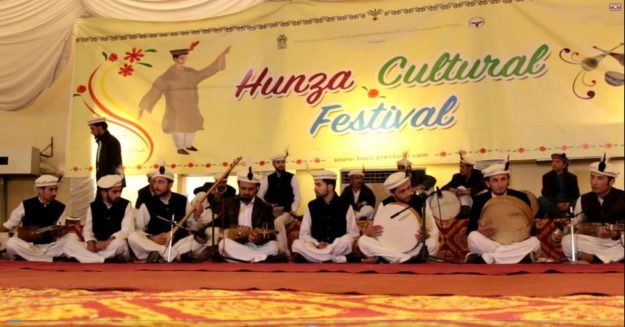 “Bulbulik is the first folk music school in the area and have even given opportunities to female students to come and learn alongside their male counterparts,” said Didar Ali, the culture development officer of Bubulik. “In the past, music was neither widely accepted nor were women allowed to play musical instruments.” He added that so far, some 35 female artists have been trained in various folk instruments.
“Bulbulik is the first folk music school in the area and have even given opportunities to female students to come and learn alongside their male counterparts,” said Didar Ali, the culture development officer of Bubulik. “In the past, music was neither widely accepted nor were women allowed to play musical instruments.” He added that so far, some 35 female artists have been trained in various folk instruments.
Run by Gulmit Educational and Social Welfare Society, Bubulik is named after nightingales which are frequently mentioned in Persian and Urdu poetry. The school takes its name from Wakhi folk culture known as Bulbulik. Shepherds of lowland areas sing while they travel to the highlands to send messages back home. Its roots can be traced back to 1985, when a small school was set up by Muzafaruddin Shah to create awareness about protecting one’s own melodies. The present initiative, however, is hardly a year old
Didar revealed that so far, Bulbulik has trained about 70 youngsters in traditional instruments and collected and translated English folk songs in a book called Piwand. It will also release two videos and Wakhi songs and a five-minute documentary based on Wakhi culture and history, while organising orthography workshops.

PHOTO: HIDAYAT KHAN
A fading culture
The region is also known as ‘The Land of Languages’ for it offers diverse ones like Shina, Balti, Burushaski, Wakhi and Khwar. Unfortunately, they are all under threat of extinction. In fact, Unesco has listed Wakhi as one of the world’s most endangered cultures.

PHOTO: HIDAYAT KHAN
The Wakhi people refer to themselves ‘Khik’ and are Shia Muslims who migrated to Hunza from the Wakha Khan Corridor. They also exist in China, Tajikistan and Afghanistan and the Wakhi language – called ‘Khik Zik’ – is an eastern Iranian one. It is also a very unique as still does not have a written form.
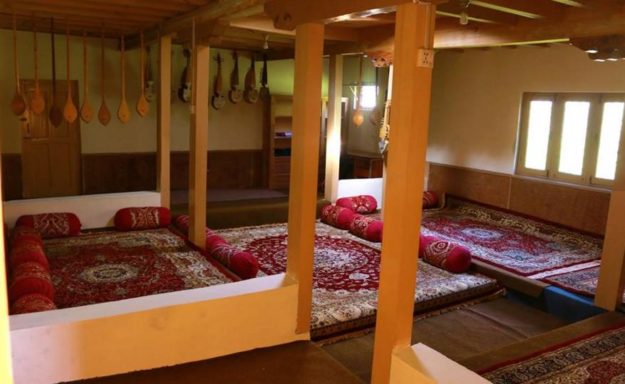
PHOTO: HIDAYAT KHAN
“And as language disappears, so do the old dhuns and rich musical history,” explained Didar. “That’s certainly a big loss! Very little importance has been given to protecting them.” He added that in the entire Gojal Valley, Ustad Rehmatullah Baig is the only living Ghazxek player. Rehmat also works as a master trainer at Bubulik.
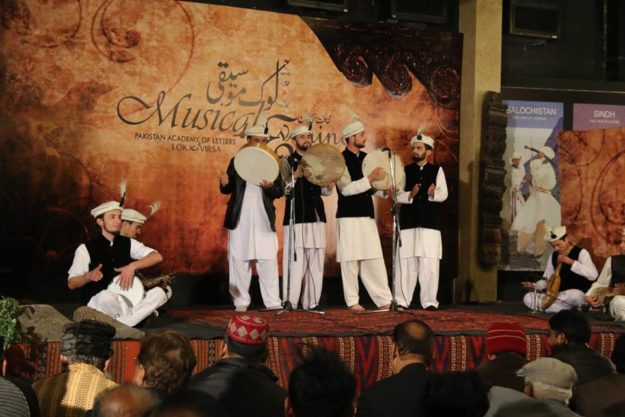
PHOTO: HIDAYAT KHAN
Graduates from Bulbulik have gone on to perform across Pakistan and achieved access to several national and private TV channels that took their message forward. According to Didar, Islamabadis have had a great response to their music. The artists have performed at Lok Virsa and Ibex Club in front of huge crowds which proved to be great encouragement. They have also performed, for the first time, at the FACE Music Mela 2017, organised by FACE Foundation for Art Culture and Education.

PHOTO: HIDAYAT KHAN
CPEC and the culture of the northern areas
Situated far up north, Gojal Valley features a spectrum of mesmerising meadows that border China at Khunjerab and Afghanistan at Chipurson Valley. The natural beauty, coupled with rich cultural traditions, makes the valley an ideal tourist destination but the lack of sound infrastructure keeps it secluded from the rest the world.
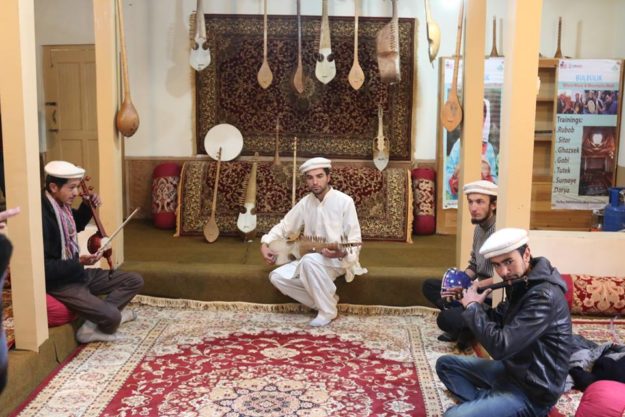
PHOTO: HIDAYAT KHAN
However, China is now working on the One Belt, One Road (OBOR) initiative that will link the whole world. It is also investing in Pakistan under the China-Pakistan Economic Corridor (CPEC) that will likely connect Gojal Valley through a network of highways and railways.
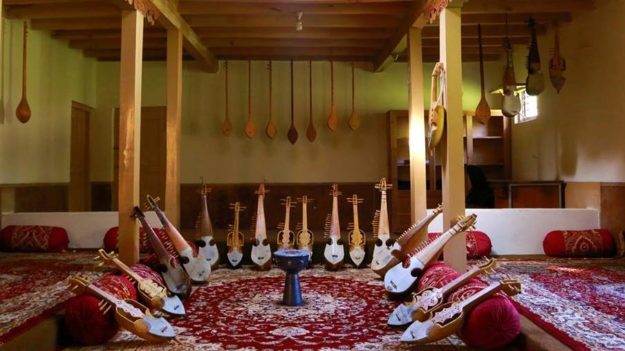
PHOTO: HIDAYAT KHAN
Didar added that the Wakhi communities of Gojal are ready to work with the Chinese in business, culture, art, education, environment, tourism and energy sectors but for that, sincere efforts needs to be put in. He is of the opinion that the exchange of art and culture will help kick-off the project, and then visa-free tourism in both Pakistan and China can also boost contact.
“I am quite optimistic that, if sincere efforts are made and the needs and wants of ethnic groups living around Karakorum Highway are considered, they will help reach the goals of CPEC in specific and OBOR in general.”
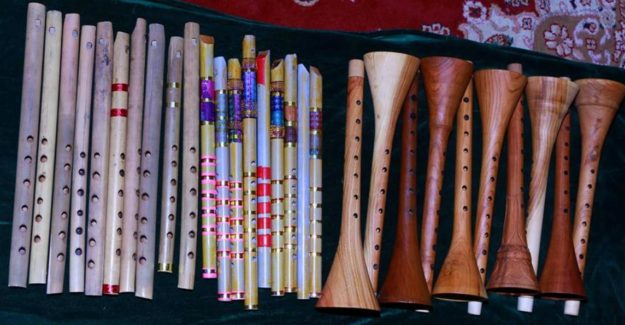
PHOTO: HIDAYAT KHAN
Bulbulik members stressed that the Chinese need to re-visit their visa and trade policies for the Wakhis living on both sides of the border as this will help socio-economic development in Gojal. “There used to be close interaction among these Wakhi speakers which is now decreased due to strict visa policies,” Didar said.

